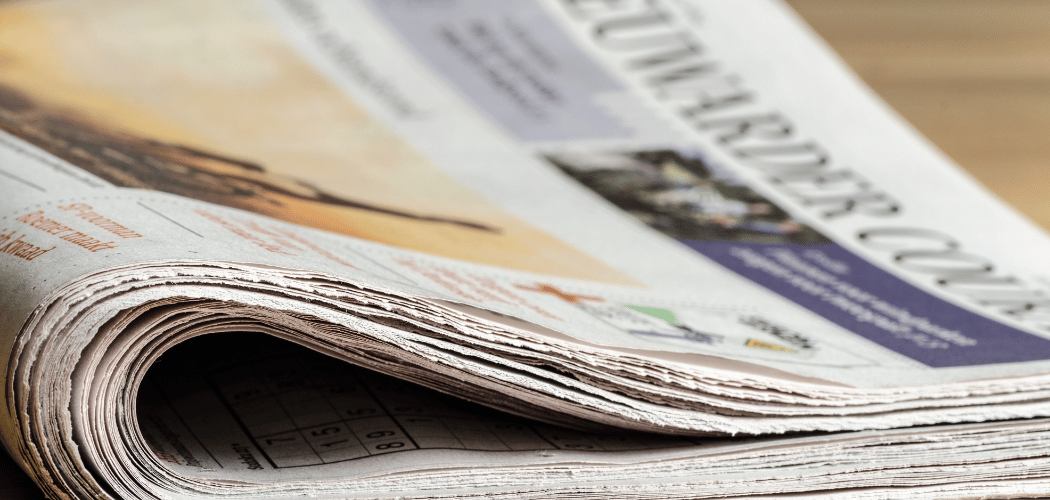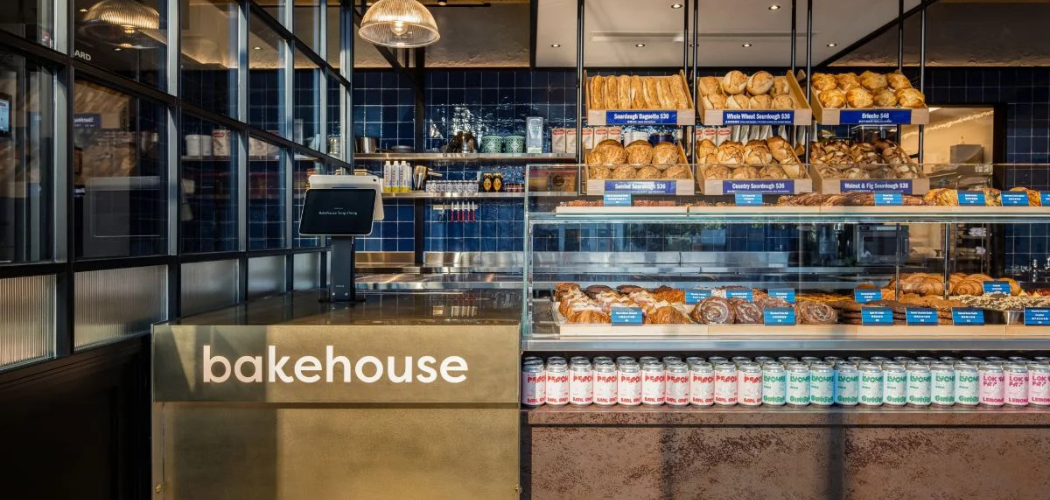An interview with Joel Percy, Regional Director for North America at Eagle Eye
With inflationary pressure helping to drive renewed consumer interest in loyalty program benefits and an increasing demand for higher program value and personalization, retail loyalty marketers have more opportunities to connect with shoppers than ever before. They’re also facing greater challenges to do so effectively.
Wise Marketer spoke with Joel Percy, Regional Director for North America at loyalty technology company Eagle Eye, to discuss insights from the company’s recent global survey report, Grocery’s Great Loyalty Opportunity; these include what shoppers are seeking most from retail loyalty and rewards programs today, where retailers stand on meeting those needs, and how loyalty technology providers can drive revenue and member engagement by delivering more personalized and higher value experiences throughout the entirety of the brand-consumer relationship.
Wise Marketer (WM): Keeping up with changing consumer expectations and shopping habits has become a challenge for even the savviest marketers today. The fact that your report cites ‘opportunity’ in the title is encouraging. Take us through the opportunity takeaways and how you arrived there.
Joel Percy (JP): Today’s high inflation, particularly at grocery stores, has sparked a surge in (grocery) loyalty program growth and participation. Consumers are dining out less and cooking at home more, translating to additional spending at supermarkets. They also seek to maximize their shopping dollars by leveraging discounts, savings, and rewards.
Grocery retailers can win and retain shoppers’ dollars and loyalty by delivering what they’re looking for most – value. To have the greatest success, grocers must rethink how they use loyalty programs to adapt to changing consumer behaviors. Our research found that 63% of consumers want retailers to offer more discounts on a more comprehensive array of products. Nearly as many, 56%, want deeper discounts on the specific items they purchase, highlighting the need for grocery loyalty programs to be highly personalized to provide individual consumers with the benefits and offers they value the most.
WM: Were there any other findings from the report that were surprising to you or that you think may be surprising to loyalty program administrators?
JP: Our research found that 84% of consumers believe receiving more personalized offers would help them save money. Millennials (89%), Generation Z (88%) and Generation X (87%) were particularly interested in such offers, though other age groups also want offers that recognize their purchasing habits and needs on a personal level. However, nearly a third (31%) of grocery loyalty program managers cited the ability to deliver personalized offers as their biggest challenge, often due to issues with legacy technology and the inability to easily scale their promotions.
WM: Consumers are clearly expecting a more informed level of interaction from the brands they choose to do business with, including more personalized communications addressing their individual interests and needs. How can loyalty marketers deliver this hyper-personalization, particularly in the grocery category?
JP: Marketers should use purchase data to personalize new member offers within the initial journey, which can provide up to a 40% decrease in new member churn. Using customer data to create more relevant promotions increases offer usage by a factor of eight. Promotional and loyalty strategies can be at their most effective if they can deliver offers and promotions to customers when they are most likely to be used.
WM: Technology advancements in areas such as machine learning, generative AI and language models appear to be driving much of the ability to hyper-personalize communications. What can loyalty marketers without large technology budgets or access to these capabilities do to deliver similar experiences to program members?
JP: Loyalty marketers with limited budgets should review what they are doing now. They can check the offers being redeemed versus offers being issued to see where improvements can be made. They can also look at the timing and delivery context of promotions.
For example, are offers going out on Wednesdays before a grocer’s sales start on Fridays each week, or vice versa? Are messages being sent mid-afternoon before a customer is about to begin their daily commute home and prompted to stop by for “15-minute-dinner deals”? Contextual marketing – or Marketing in the Moment - is an excellent example of this, whereby promotions are sent at specific moments that maximize relevancy and factor in aspects like location, the time of day, and even the weather.
WM: Can you share some additional examples of what this ‘bespoke’ loyalty experience looks like in practice and how it can be delivered along the shopping journey? Are there examples of brands you have worked with (or just admire) that are executing well in this area?
JP: A personalized loyalty experience encourages members to interact more frequently, generating more customer data for retailers to leverage. Using purchase data to personalize new member offers in the initial customer journey can increase member basket size by 16%. This consumer data, combined with contextual cues, enables marketers to deliver personalized and entirely measurable marketing at any point where it may be relevant during the shopping trip.
This approach generates results for grocery retailers; UK grocer Asda has seen 5 million of its customers download and sign into its rewards program since it was launched a year ago, and it has become a key driver of incremental sales and maintaining share in a very competitive market.
WM: Some loyalty leaders in North America are making inroads to deliver hyper-personalized loyalty experiences. The correlation between personalization, retention and revenue supports this focus. What tips do you have for retail marketers seeking to up-level their loyalty programs to capitalize on this correlation?
JP: Personalization, contextual marketing, and gamification all offer opportunities for marketers to improve their loyalty programs. Personalization recognizes past shopping behaviors and other factors to deliver the most relevant offers. A discount for that product would be valuable for shoppers who have been buying diapers regularly. In contrast, the same offer would only be meaningful for a shopper with a history of buying diapers. The latter shopper would be more likely to value and use a discount for another product, which their purchase history shows they buy regularly.
I mentioned contextual marketing earlier; it takes personalization to the next level by incorporating contextual factors such as time of day, day of the week, location, weather, etc., to market to customers “in the moment” when they are most likely to react to and engage with the offer.
Gamification prompts consumers to engage with the loyalty program longer and more frequently. Consumers love games, and loyalty programs are perfect for combining the interactive aspects of games with savings. Our research shows that two-thirds of consumers (80% of younger consumers) participate in games or contests through their loyalty programs; expanding gamification elements can further increase the engagement rates of these valuable cohorts.
WM: If you had one additional piece of closing advice for retailers and loyalty marketing professionals as they evaluate strategy for 2024, what would that be?
JP: Loyalty marketers need to listen to and deliver on what customers want. Customers want real-time promotions and a more comprehensive range of offers for the less expensive, private-label brands. Beyond price alone, customers want to be recognized as individuals, with offers that recognize their unique purchasing preferences and are delivered when most beneficial. They also have a strong interest in participating in challenges and games, an opportunity many loyalty marketers have yet to take advantage of.
Above all, think like a brand that drives customer loyalty, not just a brand with a loyalty program.
ABOUT THE AUTHOR
Joel Percy, Director of North America for Eagle Eye
Joel is an experienced Loyalty and CRM executive with deep expertise in retail personalization and data monetization. At Loblaw Companies in Canada, he helped design, launch, and run PC Plus, one of the world's first fully personalized digital rewards programs. He has also consulted with retailers around the globe on the design of personalized marketing programs. He is currently the Regional Director at Eagle Eye, where he helps clients grow loyalty and drive sales by building digital connections with their customers.




